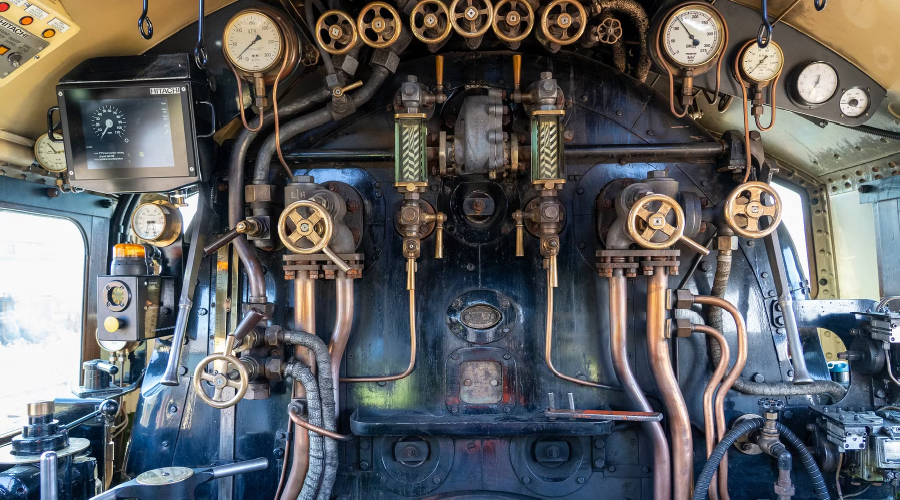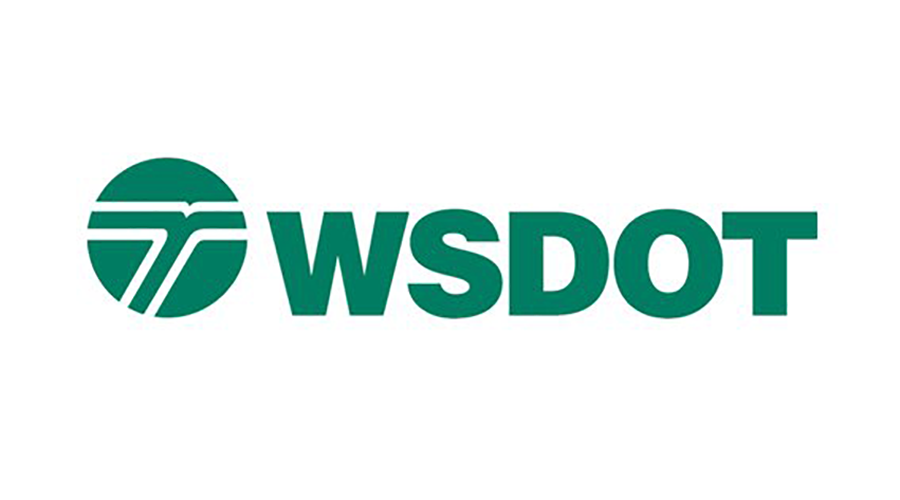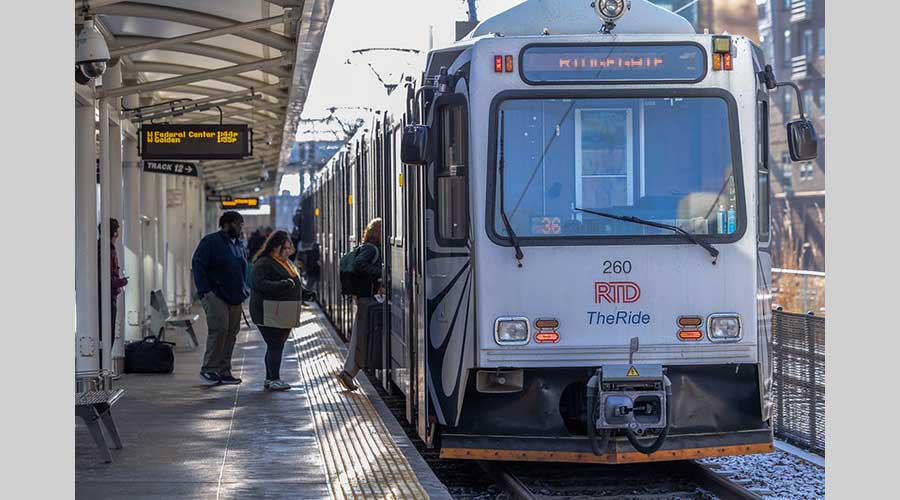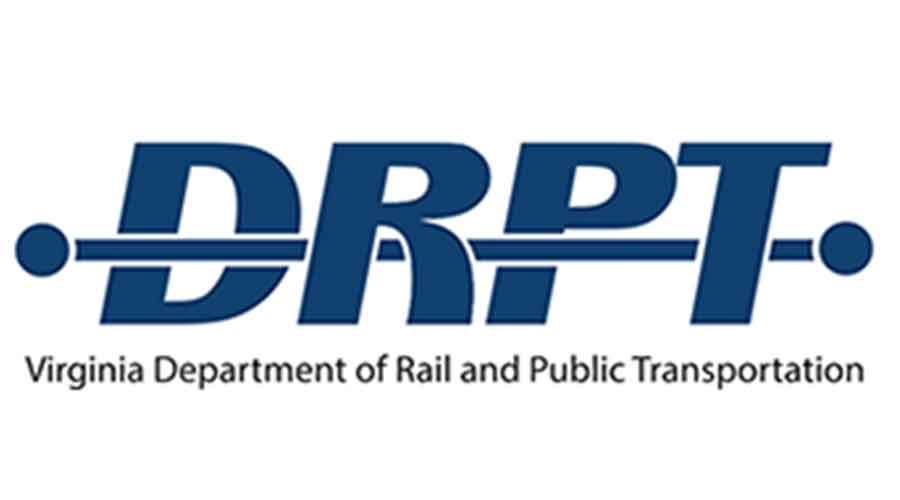Stay updated on news, articles and information for the rail industry
12/12/2023
Rail News: Passenger Rail
Transit Outlook '24: An eye on ridership growth, system expansion plans

Compiled by Julie Sneider, Senior Editor
Over the past year, several of the nation’s commuter railroads and transit-rail agencies have been sorting through a mixed bag of issues related to ridership and funding.
On one hand, the pandemic’s official end in May (per the federal government) has helped ridership levels return to or near pre-pandemic levels. On the other hand, hybrid work schedules continue to be a drag on ridership growth, as many workers no longer commute five days a week to office buildings and other worksites, transit-rail executives say.
To encourage more commuters to take a train when they do report to a worksite, transit agencies and commuter railroads are offering creative fare packages, increasing onboard security and other means to ease riders’ trips.
Meanwhile, the passenger-rail funding picture continues to evolve. Government COVID-relief funds issued early during the pandemic are drying up. At the same time, some commuter railroads and transit agencies are starting to reap a payoff from the Infrastructure Investment and Jobs Act (IIJA) of 2021. This year, the Federal Railroad Administration and Federal Transit Administration awarded the first IIJA-funded grant awards for projects designed to improve and/or expand passenger rail.
To gain a sense of what’s ahead in the coming year, Progressive Railroading reached out to several passenger-rail executives to learn what they’re anticipating in terms of post-pandemic ridership recovery, the ongoing workforce shortage and budget challenges. Following are emailed responses from Richard Andreski, president and CEO of Trinity Metro in Fort Worth, Texas; Michelle Bouchard, executive director of Caltrain in California; Richard Dalton, CEO of Virginia Railway Express; Jim Derwinski, executive director/CEO of Metra in Chicago; and Stephanie Wiggins, CEO of Los Angeles County Metropolitan Transportation Authority (L.A. Metro).


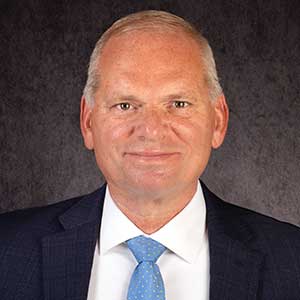
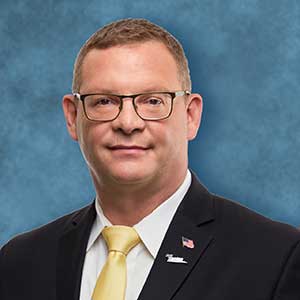

Now that it’s been nearly four years since the start of the pandemic, how has ridership recovered and what are your plans to increase it?
Andreski: Trinity Metro is nearly back to 2019 ridership levels, much to the credit of our TEXRail commuter-rail line. More than 2.3 million people have used TEXRail since it started rolling in January 2019. TEXRail has been resilient to recent commuting trends that have impacted many other systems. One in every three riders use the service to DFW International Airport, now the second-busiest airport in the world. TEXRail ridership has also been buoyed by local festivals and events.
Trinity Metro offers the same schedule seven days per week, which has allowed weekend and off-peak ridership to soar. Trinity Railway Express, which travels between Fort Worth and Dallas, and is jointly owned and operated by Trinity Metro and Dallas Area Rapid Transit (DART), marked 27 years in service in 2023. The service has not recovered as quickly due to the persistent shift to telework for many companies. Trinity Railway Express served 1.1 million customers in fiscal-year 2023. Trinity Metro and DART are implementing a coach overhaul campaign to upgrade the onboard customer experience and are purchasing new locomotives to ensure long-term service reliability.
For TEXRail, Trinity Metro will bring broadband Wi-Fi to trains in 2024, and final design is underway to extend the rail line 2 miles to Fort Worth’s Medical District, where there are 40,000 jobs within walking distance of the planned new station. These investments are expected to yield significant gains in ridership and economic development in the coming years.
Bouchard: Caltrain’s average weekday ridership was over 21,000 in September 2023, growing slowly but steadily since the start of the pandemic. Our immediate response was to increase midday and evening service to better provide for essential workers, rather than the 9-to-5 commuters. We’ve also postponed fare increases, offered new fare promotions and hosted a wide range of events at stations to thank our riders and attract new ones to the system.
However, the biggest change coming to Caltrain is its first-in-a-generation transformation into an electrified service, complete with new trains provided by Stadler US. Beginning in fall 2024, our corridor will see service that is faster, cleaner, greener, quieter and more comfortable than anything offered in its 160-year history. Thus far, the tours we’ve held of the new trains have brought out crowds numbering in the thousands, making it clear how excited the public is to get on board and see what the future of Caltrain holds.
Dalton: VRE has seen slow but steady growth in ridership since hitting a low of 440 average daily riders in April 2020. As of October 2023, VRE was serving an average of 6,580 passengers each day. Prior to the pandemic, about 70% of VRE’s passengers worked for the federal government. Many agencies have yet to call employees back to the office more than a few days each pay period. When that changes, we anticipate a significant increase in ridership.
In the meantime, we are not sitting idle. Growing ridership is a multipronged effort that begins with a new mindset — viewing our organization almost as a startup. Along with enhancing our base commuter service, VRE is looking for ways to make our service more attractive to existing and potential riders. We are exploring markets not currently served and opportunities for expanded operations. We have ramped up marketing and increased business and community outreach efforts, partnering with chambers of commerce and realtor organizations, for example, and sponsoring events in the jurisdictions VRE serves.
There is, unfortunately, no magic bullet. A combination of initiatives, strategically implemented, will allow VRE to continue to grow ridership.
Derwinski: Metra expects to provide approximately 32 million passenger trips in 2023, which is about 44% of pre-COVID ridership. Metra expects the modest and steady ridership growth seen in recent months to continue over the next year, as employers continue hybrid work schedules. We forecast ridership to reach 40 million in 2024, which is about 54% of pre-COVID levels. Metra has been working to attract new riders by adjusting schedules to provide more frequent service in off peak hours to provide more options for reverse and midday travelers. We are in the planning stages to add and modify schedules to adapt to travel trends. Metra has also revised its fare structure in an effort to make the system easier to use for new riders.
Wiggins: As of October 2023, Metro has seen a ridership increase for 11 consecutive months. Weekend ridership continues to grow the fastest and has reached 95% of its pre-pandemic level. On weekdays, ridership is now at 71% of pre-pandemic levels.
Metro continues to increase service levels throughout the region to support current and future ridership increases. In June 2023, we opened three new stations to service two newly reconfigured lines. The A (Blue) and E (Gold) Lines consolidated three of Metro’s legacy rail lines: the A (Blue), E (Expo) and L (Gold) Lines. The A Line serves customers from Azuza to Long Beach, and the E Line serves customers from East L.A. to Santa Monica. Since the opening of the newly configured lines, ridership has increased by nearly 10% each month, with October seeing more than 2.9 million riders on the two lines combined.
Additionally, Metro’s K Line celebrated its one-year anniversary in October. When the line’s Aviation/Century station opens in late 2024, it will provide direct Metro Rail access to Los Angeles International Airport (LAX) for the first time. The Metro Transit Center Station along the new K Line tracks is also planned to open in late 2024 and will provide easy transfers between Metro and the LAX Automated People Mover that will serve airport terminals.
We also continue to implement our multilayered approach to improve public safety on our countywide bus and rail system that includes deployment of transit ambassadors, law enforcement personnel, transit security officers and outreach workers. This innovative approach provides a more visible presence than ever before. In addition, we’ve invested in enhanced security cameras, fare gates and better lighting in our rail stations, and have increased enforcement of our code of conduct rules and prohibition of illegal drug use on our system. All these efforts seek to increase ridership and improve the customer experience for all our riders.
How has your organization been affected by the worker shortage and what is the plan for recruitment and retention?
Andreski: Trinity Metro contracts with Herzog for train operations, vehicle maintenance and infrastructure maintenance on both Trinity Metro TEXRail and Trinity Railway Express. We have been able to keep pace with the demands of the service by minimizing turnover and constantly recruiting for front-line positions. Although Herzog is a contractor, our rail leadership meets weekly to go over any operational challenges that may arise and to ensure that the employees working our rail line have all the tools and resources necessary to keep the high quality of our service running smoothly. Trinity Metro includes TEXRail employees in all town hall meetings and social gatherings, and we seek input from employee satisfaction and safety surveys. TEXRail’s culture mirrors that of Trinity Metro with shared goals, values and a commitment to a positive customer experience.
Bouchard: Like many agencies, Caltrain has faced challenges in finding all the experienced and qualified staff needed to run a rail system of this size, particularly considering the San Francisco Bay Area’s high cost of living. However, we have been aggressively seeking the staff we need for our transformative electrification project and have found many people in the field are excited to work on such a cutting-edge project. I am proud to work with all our employees and am confident in their skill and dedication to providing our riders with a world-class service.
Dalton: VRE is fortunate to be fully staffed on our trains and in our mechanical and warehouse facilities, as well as at headquarters. When the pandemic hit, the Operations Board saw the wisdom in not downsizing our workforce — even contractors — to only later ramp back up. We worked closely with our primary contractor, Keolis Rail Services Virginia, to ensure their VRE personnel — train crews and mechanics — retained their employment status. As a result, we have not experienced any attrition.
Derwinski: Metra did not furlough employees during the pandemic, though like many employers, we did experience retirements and departures. We have been actively recruiting and training new employees for the past several years in the transportation, mechanical and engineering crafts and have not experienced staff shortages directly impacting service levels. Metra offers comprehensive and competitive benefit packages for both union and nonunion employees. One recent change we made to retain employees is to issue a regional ride pass for free transportation on Metra, CTA and Pace.
Wiggins: One of our major accomplishments over the last year has been the wholesale near elimination of the operator shortage, which has enabled us to fully restore bus service to pre-pandemic levels. In doing so, we have driven down service cancellations on our bus system to well below 3%. We achieved this through an aggressive recruitment effort, streamlining the hiring process, and a fair and equitable contract that was negotiated with our bus and train operator labor unions to offer our employees a fair wage for the important work they do for Los Angeles County.
What are your funding and budget challenges?
Andreski: Trinity Metro is funded principally by a half-cent sales tax in the city of Fort Worth with additional local funding provided by North Richland Hills, Grapevine and other participating cities. The healthy local economy and recent growth in population has had a positive effect on sales tax revenue. Although the sales tax growth has been significant, it has been partially offset by inflation, thereby limiting the capacity for new capital programs and service expansion.
Trinity Metro receives no state funding and cannot incur long-term debt. Trinity Metro is building the TEXRail Medical District extension using Federal Transit Administration funds remaining from the original TEXRail project. That project was delivered on time and under budget. The North Central Texas Council of Governments, city of Fort Worth and Medical District business partners are also contributing to the extension project.
Other near-term priorities include a radical simplification of services and an upgrade of the customer experience. Fares, schedules and the mobile/online experience will be overhauled to make rail the preferred mode of travel. Importantly and urgently, Trinity Metro is engaging with customers, nonriders and local leaders to create a vision for expanded public transportation in Fort Worth and beyond. Rapid population growth, traffic congestion and economic competitiveness are top concerns for our region. Polling data suggests there is strong support for further investment in public transportation, especially rail service.
Bouchard: Thanks to support from our state and federal leaders, as well as the voters that passed Measure RR in 2020, Caltrain is currently fully funded through FY2025, and has all the funding necessary to complete its electrification project. However, sustained low ridership could pose a threat in the future, requiring us to work harder to get people on board. This time next year, we will redouble those efforts, encouraging both new and returning riders to experience the Caltrain of tomorrow for themselves. The communities we serve were founded because of our rail; as we enter the next phase of our history, we will meet this challenge head on with an efficient, sustainable service that is a pleasure to ride.
Dalton: Through a combination of prudent fiscal management and ample federal pandemic relief funds, VRE should be able to balance its budget for the next several years. Our projection, based on conservative estimates, is that we are comfortable with our financial footing through the end of the decade. Of course, that means we are hard at work now finding ways to shore up that financial footing beyond 2030.
Derwinski: Metra has been relying on the federal COVID relief funding to bridge shortfalls in its operating budget. Strong sales tax receipts have allowed us to stretch this funding over a longer period, and we currently expect that this source will be depleted by the end of 2025. Without additional sources of funding for operations, we are projecting a $274.4 million hole in our operating budget in 2026.
During the pandemic, the Illinois Legislature also temporarily suspended the requirement that the Chicago transit operators as a whole (meaning CTA, Metra and Pace) must recover 50% of operating expenses through fare and other system-generated revenues such as advertising and leases. This provision expires at the end of 2025. The Legislature tasked the Chicago Metropolitan Agency for Planning with developing recommendations to ensure the long-term financial viability of a comprehensive and coordinated regional public transportation system.
These recommendations include changes to our governance structure as well as a range of possible funding sources. We will be working with our peers at CTA and Pace to secure new funding sources to avoid this fiscal cliff and to change the 50% of operating expenses requirement. However, if these efforts are not successful, Metra and the Chicago region’s other transit providers will be forced to take actions, including potential service cuts, to balance their budgets.
Wiggins: Metro’s major concern is the loss in federal stimulus funding, which was essential over the last few years in supporting our transit operations. Metro relies heavily on sales taxes. In FY24, we are experiencing a slow growth in sales taxes, which is anticipated to return to normal growth trends in FY25. We face challenges from growing operating costs resulting from escalating labor, inflation and operating our expanding rail system. There are also incremental costs for investing in new customer experience initiatives. Additionally, Metro’s efforts to accelerate the electrification of its bus fleet and its large construction capital program now underway will be challenging. We will continue to strengthen our cost controls, evaluate pilot programs and identify mitigation strategies through cost control task forces and holistic program reviews to prioritize projects and programs.
Email questions or comments to julie.sneider@tradepress.com.
Contact Progressive Railroading editorial staff.


 2025 MOW Spending Report: Passenger-rail programs
2025 MOW Spending Report: Passenger-rail programs
 Gardner steps down as Amtrak CEO
Gardner steps down as Amtrak CEO
 Guest comment: Oliver Wyman’s David Hunt
Guest comment: Oliver Wyman’s David Hunt
 Women of Influence in Rail eBook
Women of Influence in Rail eBook
 railPrime
railPrime




